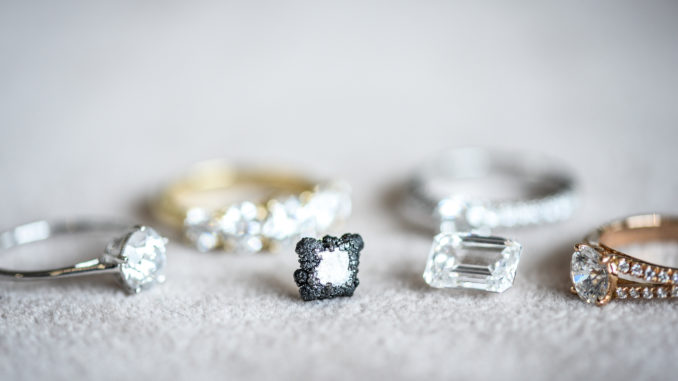
In la Tribune 01/02/2021
Liqhobond mine’ situation in Lesotho is a poster child of the difficult situation faced by the diamond market in 2020 . Cocooned because of the pandemic, it was beset by debt management while maintaining revenues from the sale of its stock, but at prices reflecting a drop in demand due to the succession of global confinements.
Global diamond production, already down by about 10% in 2019, was expected to drop by at least 20% in 2020, due in part to reduced production due to the pandemic and attrition and the subsequent closure of the Canadian Argyle mine. Over the next 5 to 10 years, few new known mining projects will be able to increase the pace of global production, with the exception of the existing mines of the two Russian and South African miners, Alrosa and De Beers, which supply approximately 2/3 of the market. World production will average between 110 million carats and 120 million carats, a far cry from the 180 million carats of 15 years ago. This means that in the midst of the pandemic the diamond supply has solved its overproduction problem.
The United States, the largest market
Demand normally breaks down into approximately 45% for family events, weddings, births, anniversaries, etc., 30% for personal impulse purchases and the balance for other social events and investments. The leading market remains the United States with approximately 50% of global sales, China is second with 20%, and three countries are on podium’s third step (Japan, India and the Gulf), each with approximately 5%. In 2020, this distribution has been severely disrupted. The world’s largest market, the U.S. wedding market, was halved before U.S. consumption turned around at the end of the year, thanks in particular to online selling. On the other hand, after the epidemic, China returned to dynamic consumption and it will continue until the Chinese New Year, just as in 2021 and 2022, a significant nuptial catch-up is expected worldwide. It was therefore in the midst of the pandemic that the diamond market prepared for future over-consumption.
The whole was stirring up diamond stocks. Inventories at the two large miners, already high at the end of 2019, increased further during the first half of 2020, then contracted sharply at the end of the year, following restocking downstream at cutters and retailers.
Cultured diamond sales increased
Natural diamond enthusiasts are unhappy with this revolution. Although it has resulted in more consumers having access to this market than in the past, to them this substitution appears as an irreversible threat because the emotional adventure of buying a natural diamond or a cultured diamond has become a hesitation between adopting or rejecting new social codes. This is why, such as Galileo was fought by the Inquisition because he brought new ideas ahead of the moral and human sciences of his time, the cultured diamond is fought by the marketing of natural diamonds who wish to maintain political influence on the regulation of luxury and desirable standards.
However, the methods, objectives and strategies of these mercantile organizations whose mission is to promote and influence the diamond market have recently shone neither in their depth of analysis nor in their creativity. It is therefore necessary that their verbiage be totally rethought, closer to the philosophical roots of what gemstones, platinum or gold really represent. Only then will the diamond market emerge stronger from the pandemic.